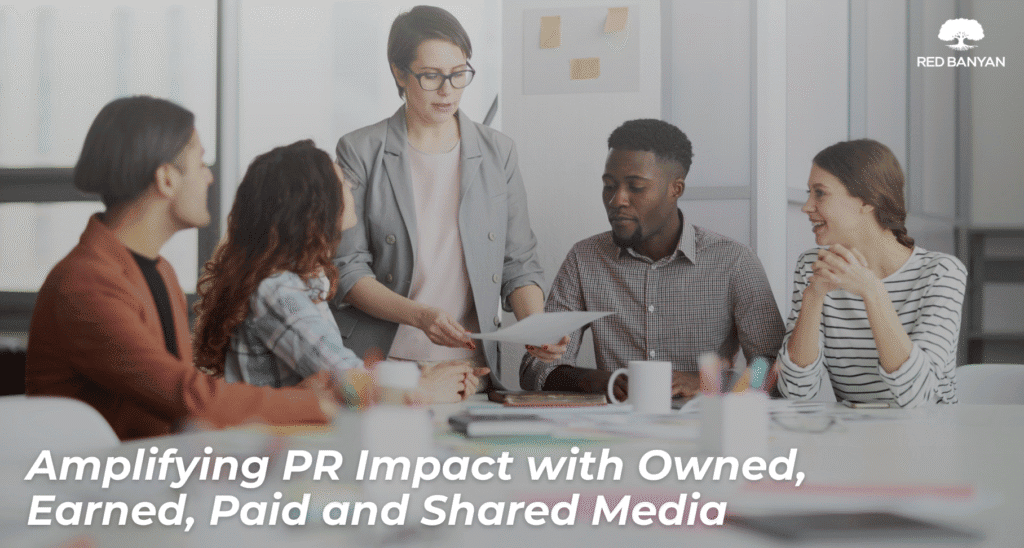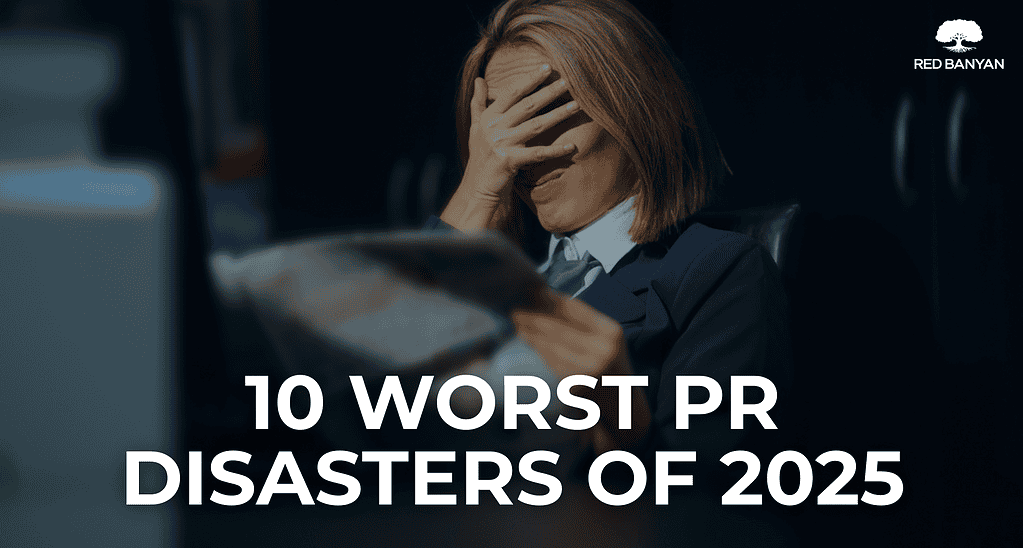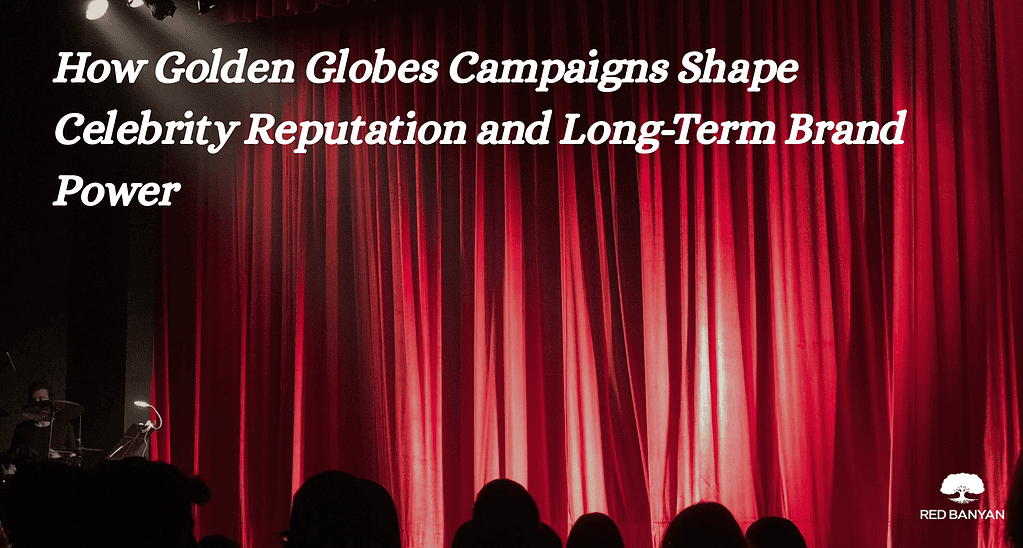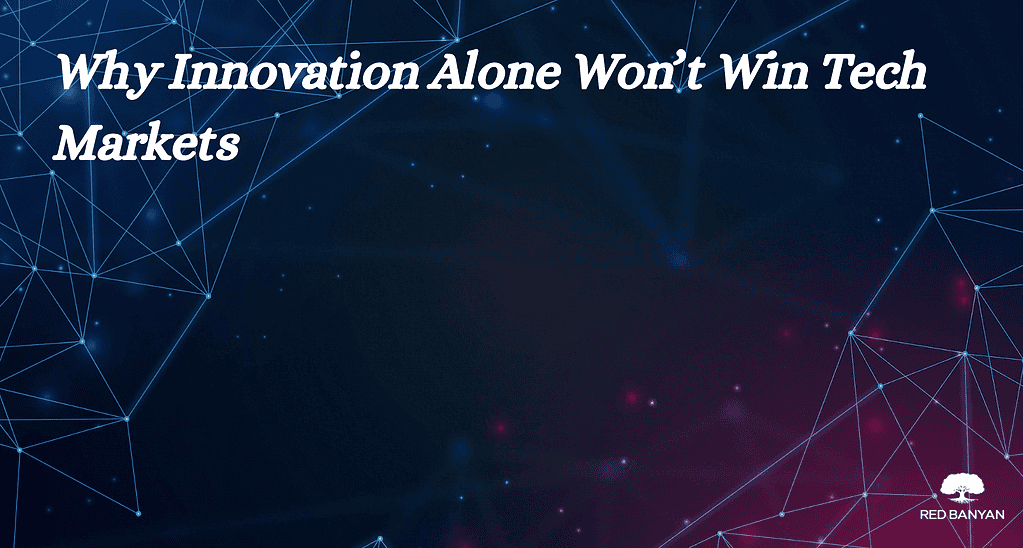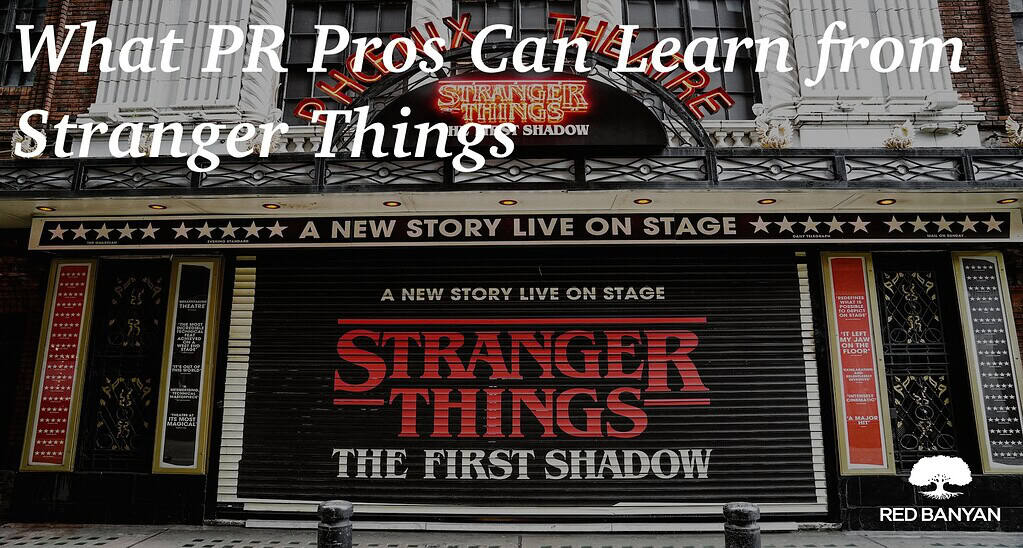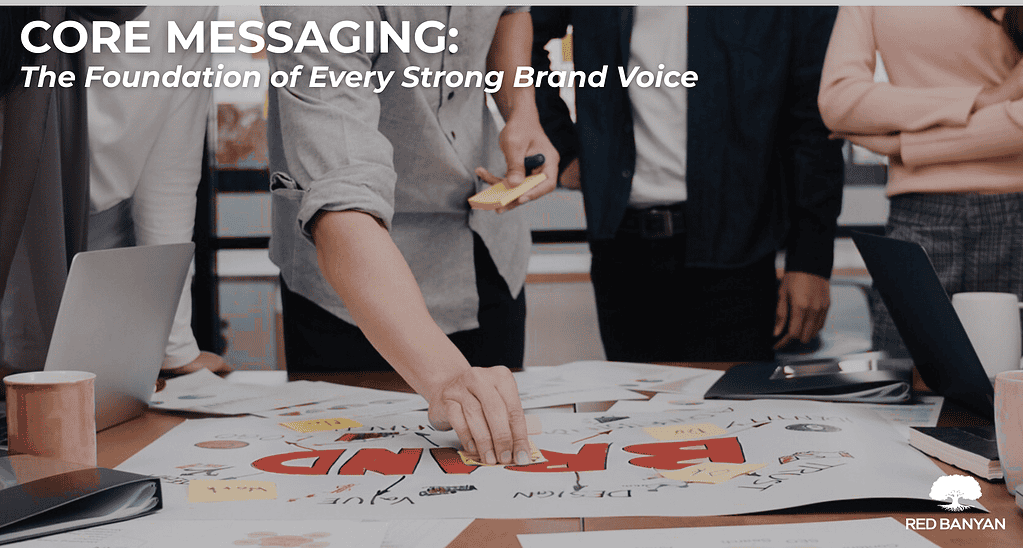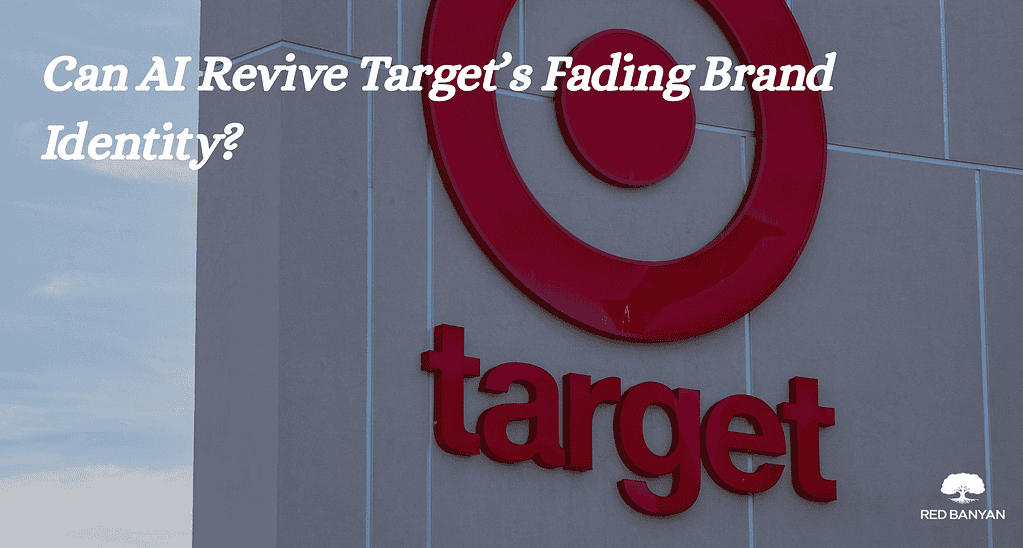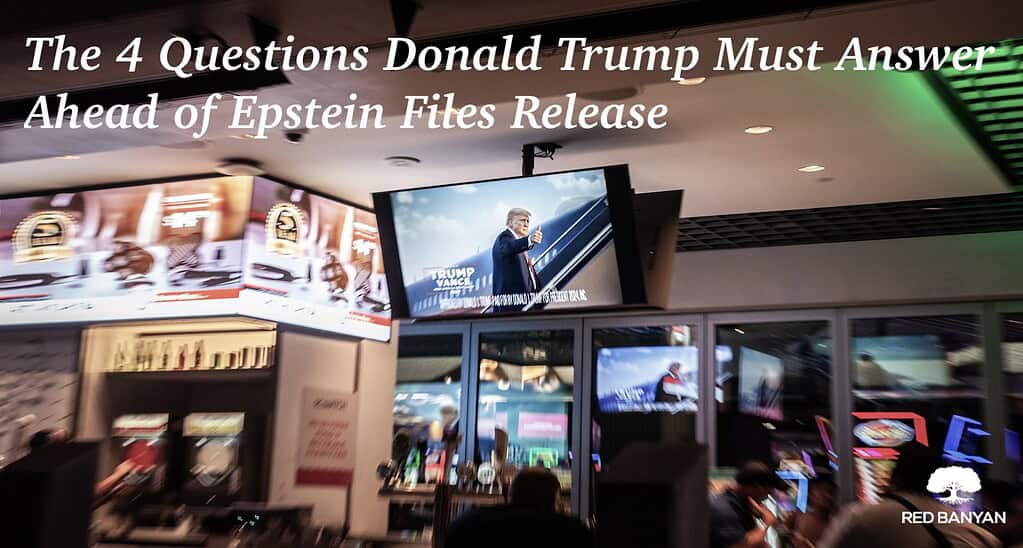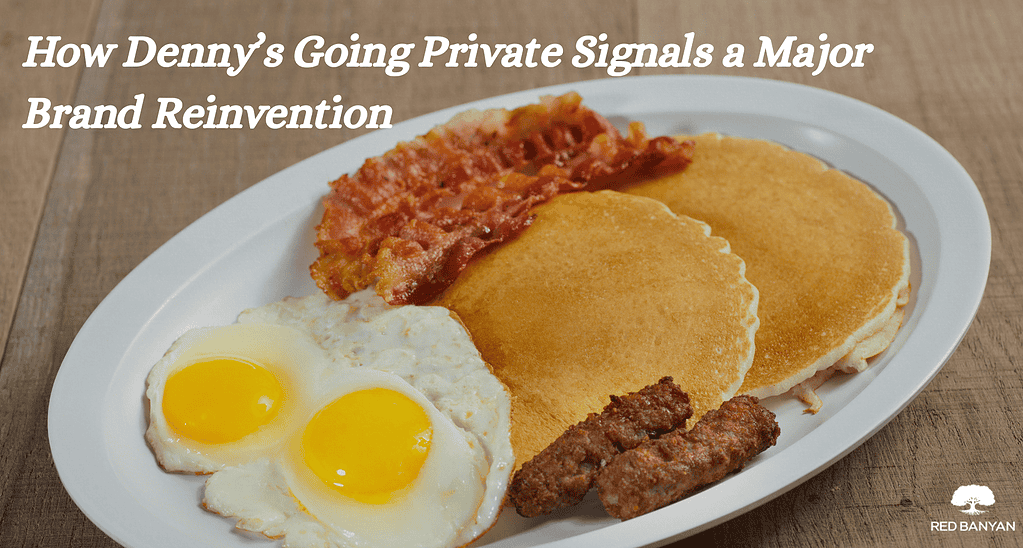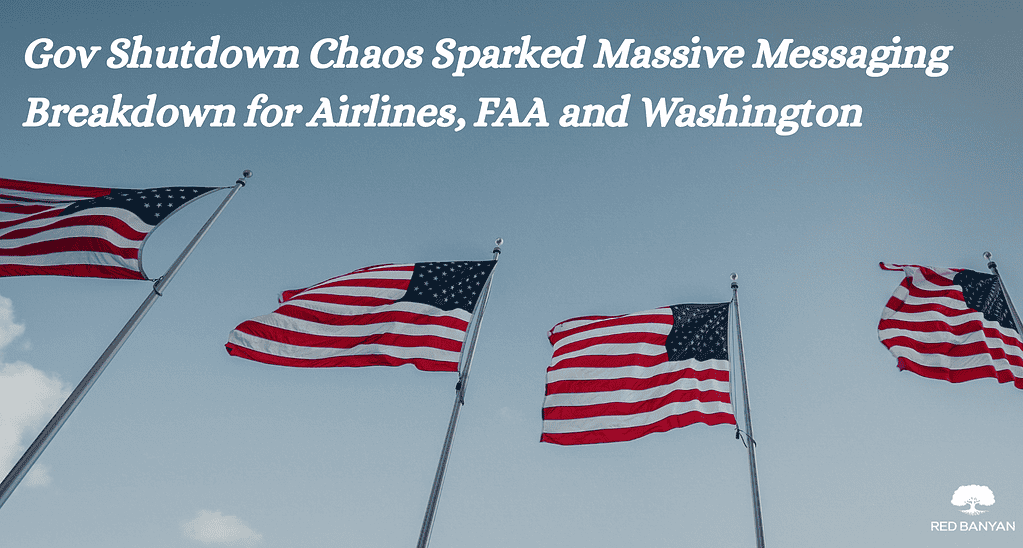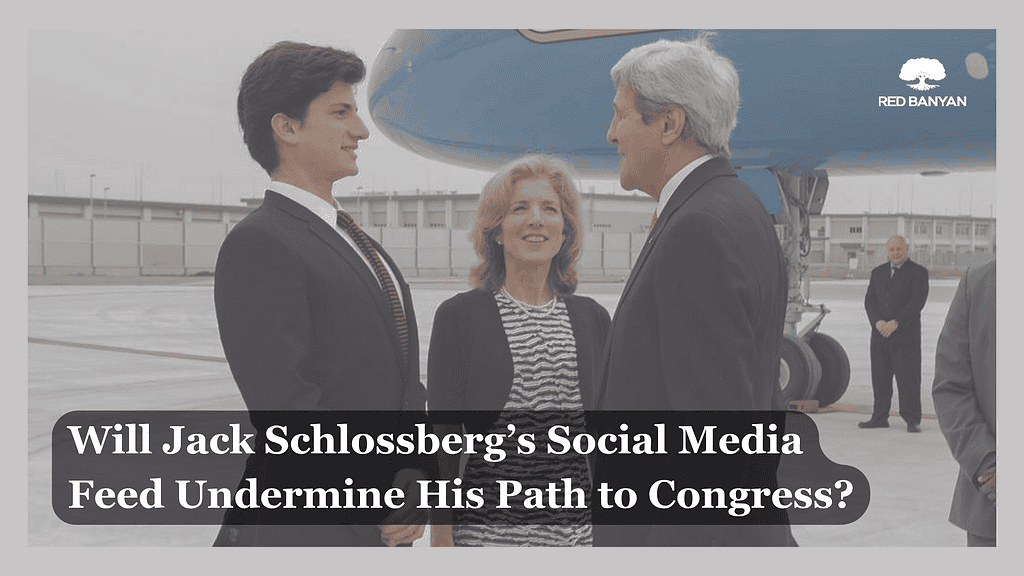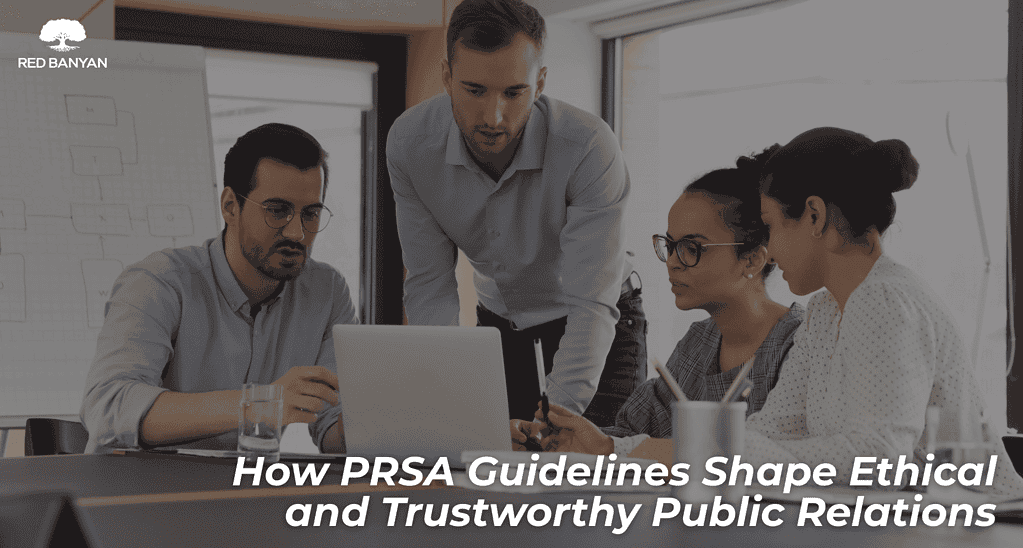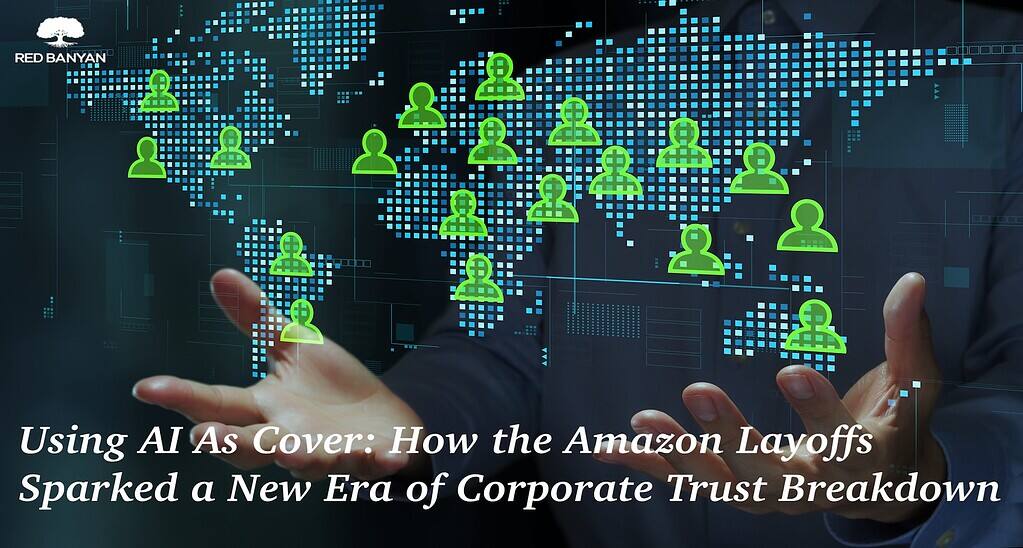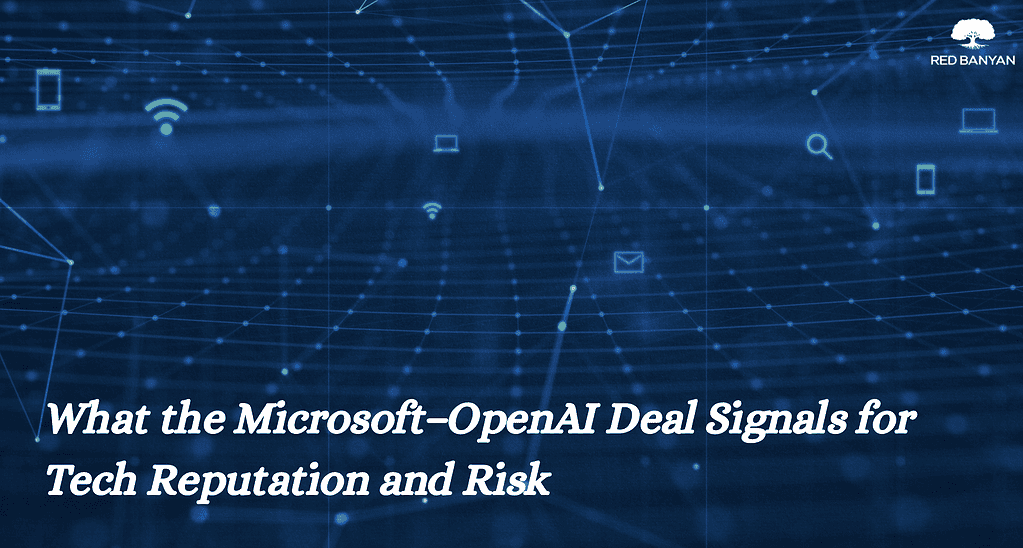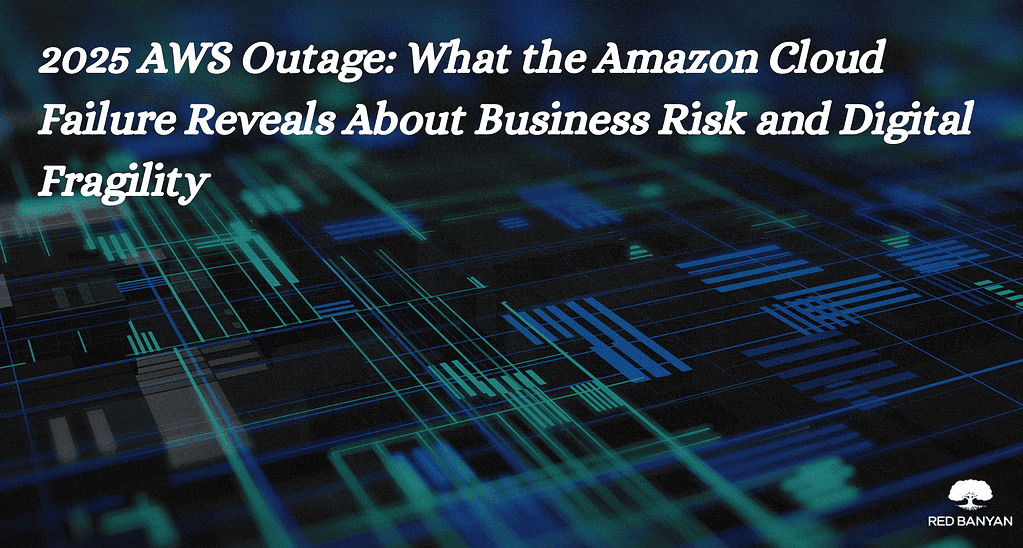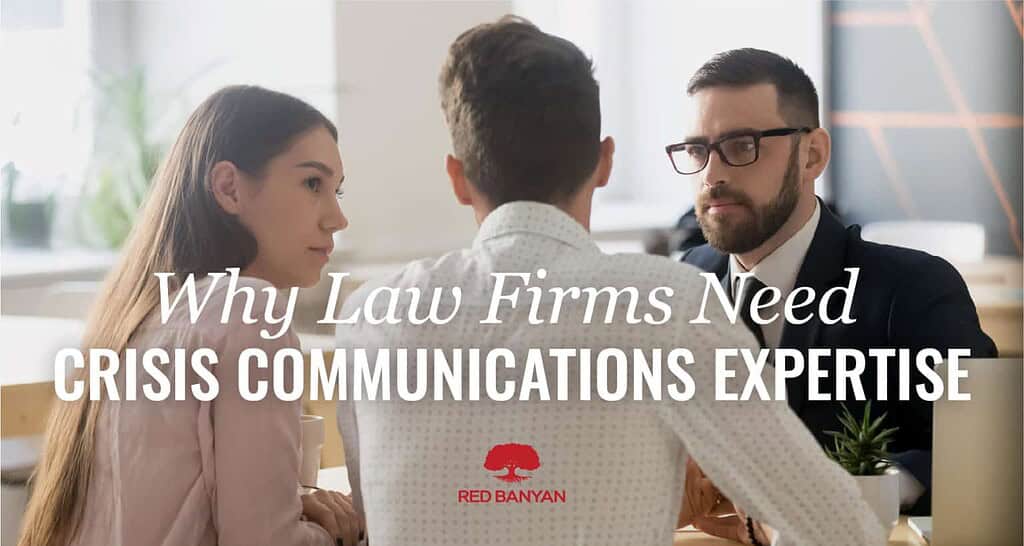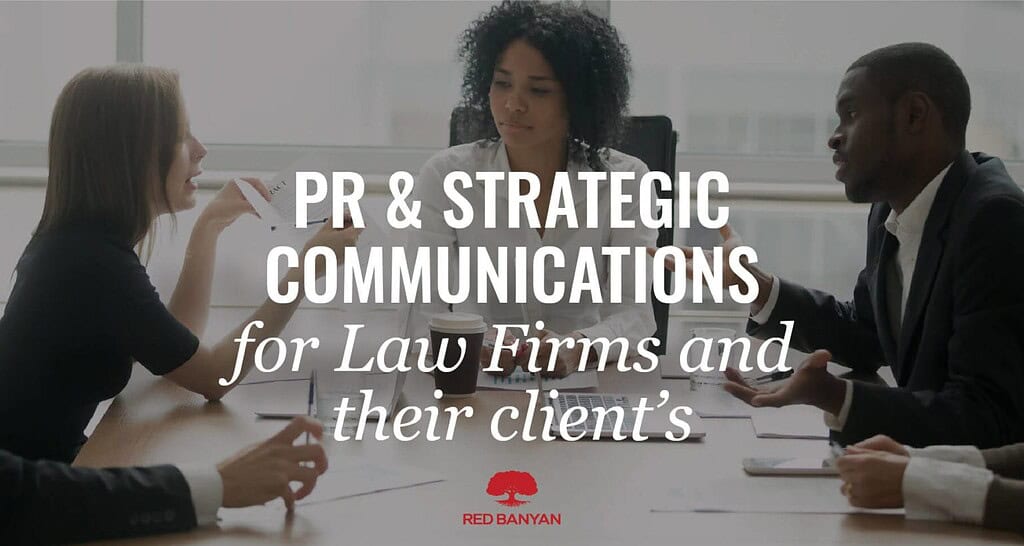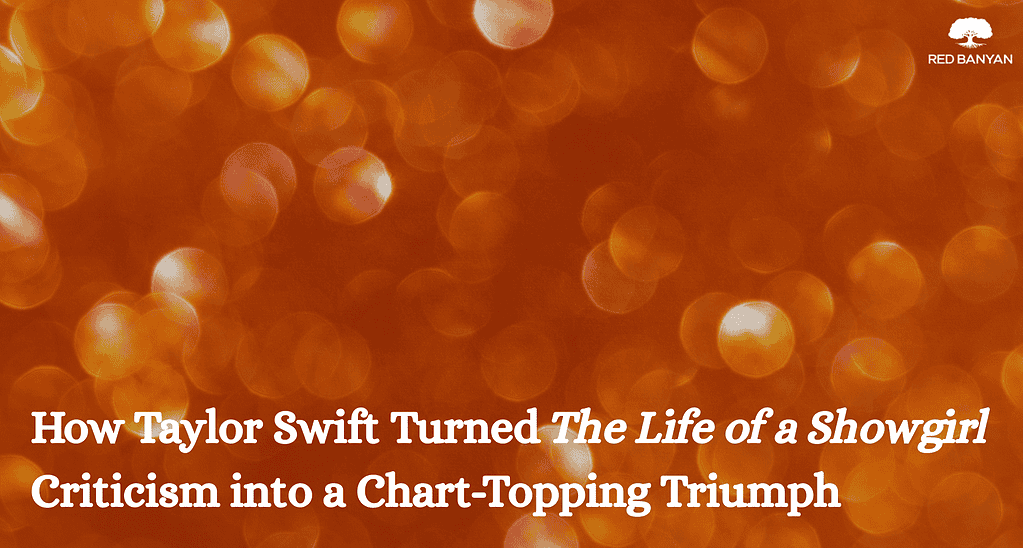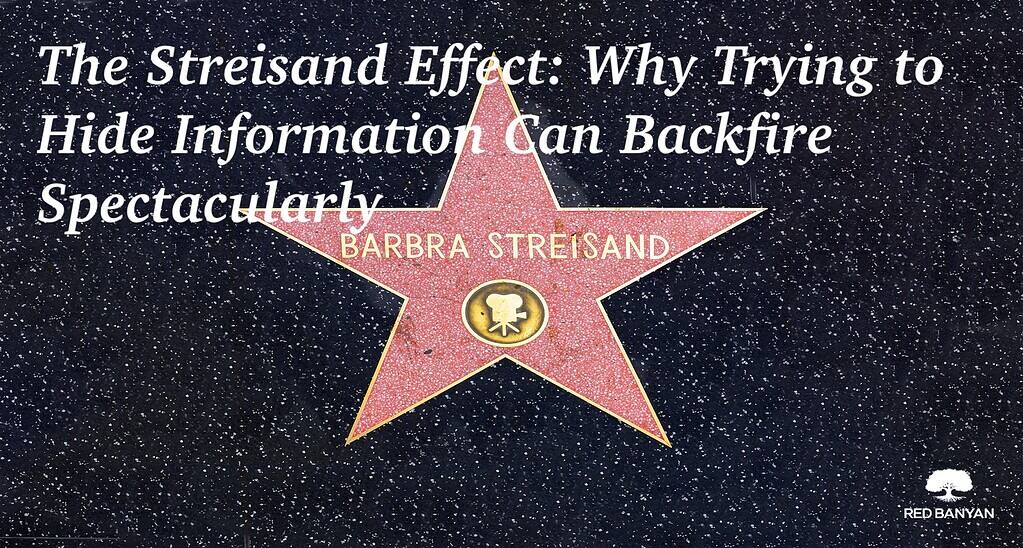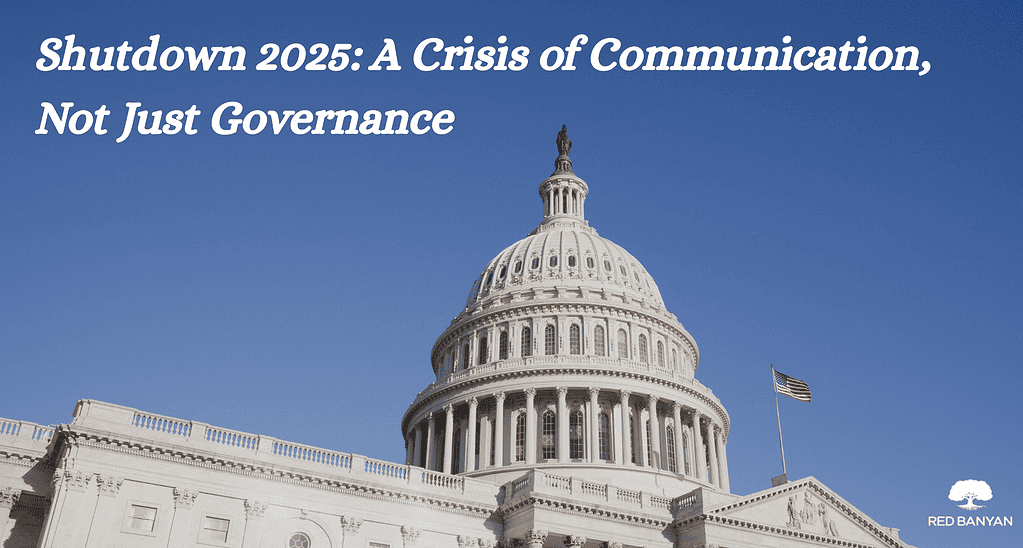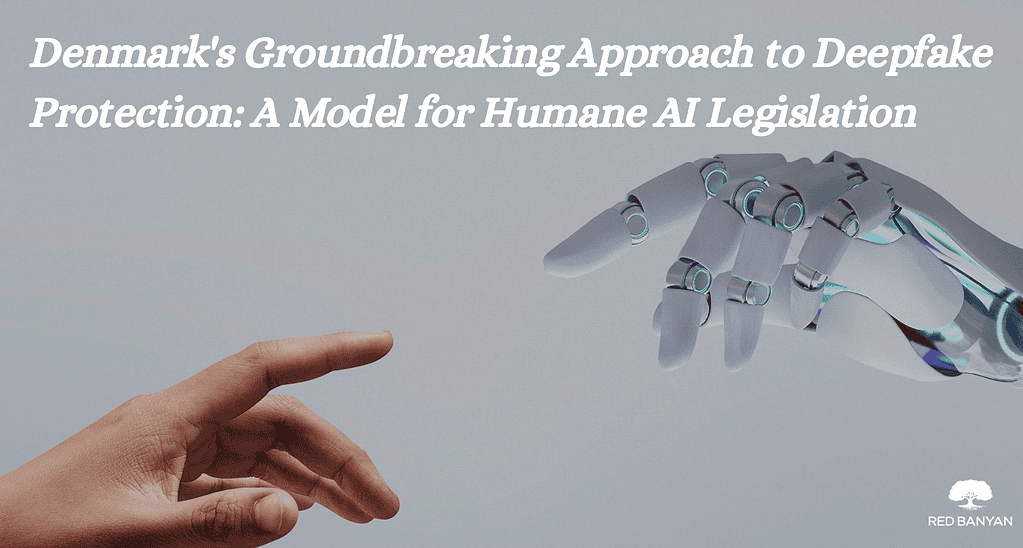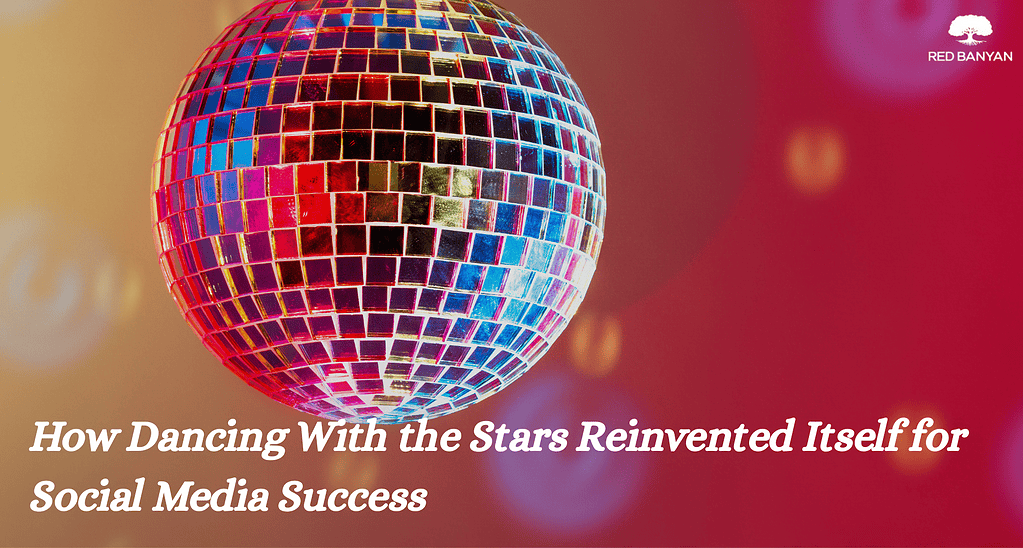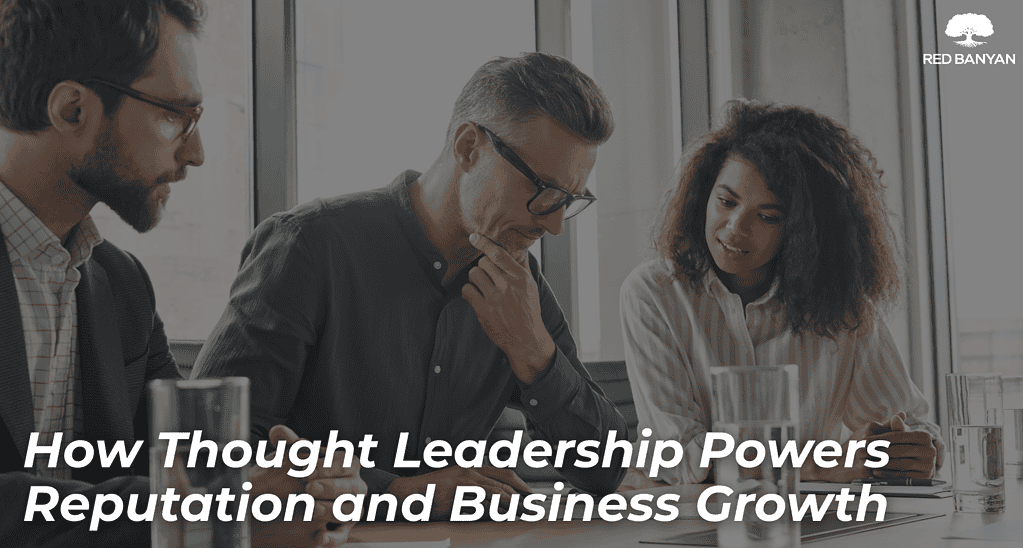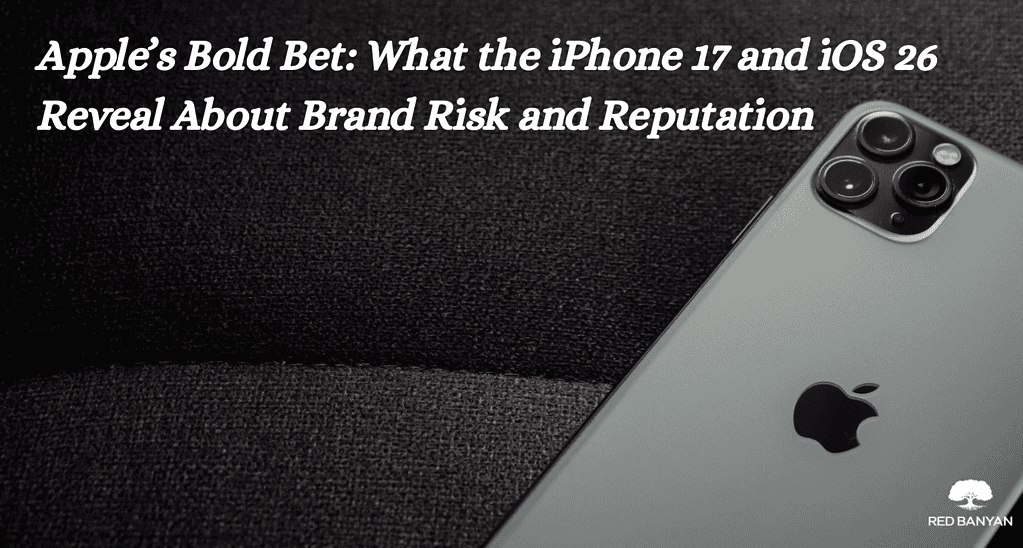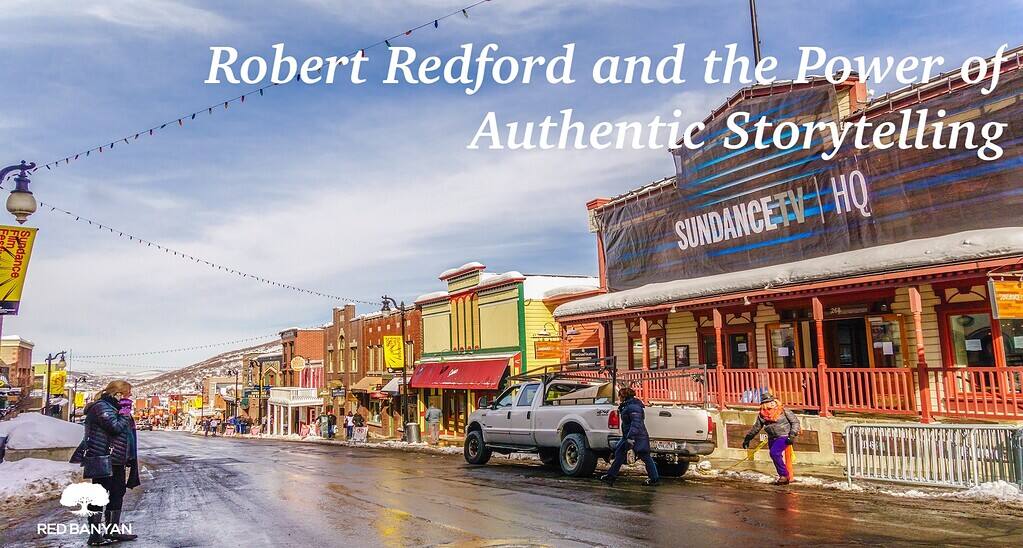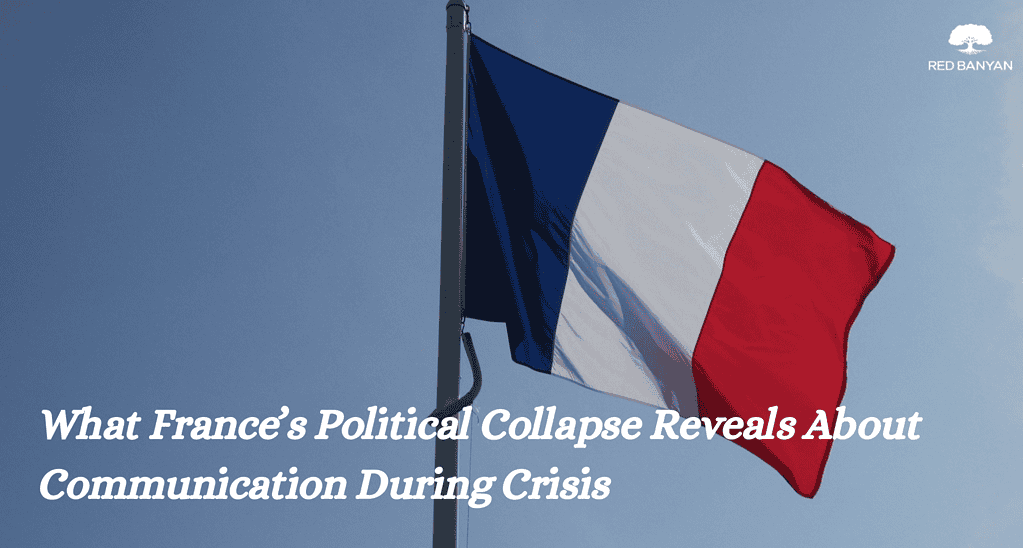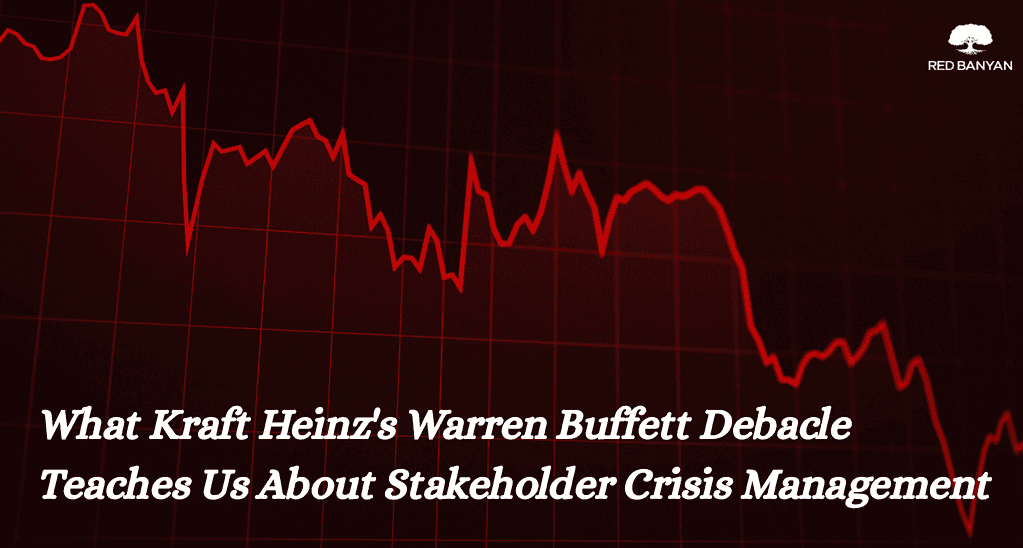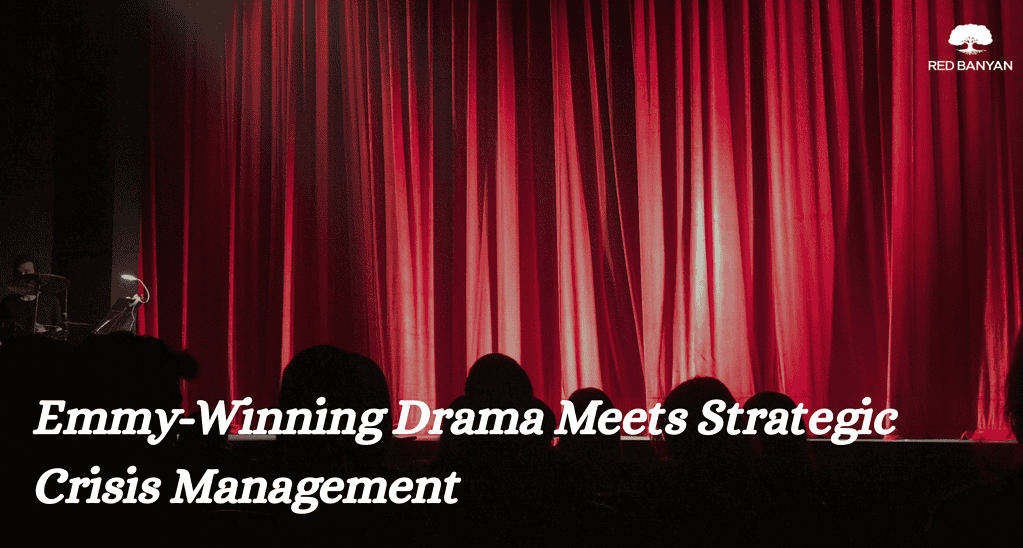A brand’s voice isn’t just in what it says. It’s in where it’s heard, how it’s delivered, and who carries it forward. That’s the power of a well-balanced media mix. But to get there, you need to understand the puzzle pieces: owned, earned, paid, and shared media. Together, they form what’s known in marketing and PR as the PESO model, a framework that’s more relevant today than ever.
Before planning your next campaign or allocating budget across channels, it’s crucial to ask: What is the difference between owned, earned, paid, and shared media? Each piece plays a distinct role. Combining them strategically is where the impact happens.
Let’s break down the PESO model and how these four types of media in PR and marketing reinforce one another when done right.
Quick Links:
Owned Media: Your Brand’s Home Turf
Earned Media: The Power of Third-Party Credibility
Paid Media: Visibility at Scale
Shared Media: The Social Proof Engine
Understanding the Difference Between Owned, Earned, Paid and Shared Media
Integrating All Four Types with the PESO Model
Owned Media: Your Brand’s Home Turf
Owned media is the foundation of your digital presence. It’s the content you create and distribute on channels you control—your website, email list, blog, or digital assets. Think of it as your brand’s home base, where you tell your story, shape your message, and build long-term authority.
This includes blog posts, newsletters, white papers, webinars, case studies, testimonials, and anything else you fully own. Unlike rented space on social or media platforms, owned media channels let you control how and when your content appears.
Great owned content doesn’t just sit there. It works. A law firm’s blog with thought leadership can steadily draw in search traffic. A startup’s email series can nurture leads into customers. A well-produced testimonial video on a product page can double conversions. These aren’t just content formats. They’re trust builders.
Typically managed by in-house marketing, content, and creative teams, owned media turns brand expertise into content that ranks, resonates, and reinforces reputation.
Earned Media: The Power of Third-Party Credibility
Earned media is what happens when your brand gets noticed by others, and they talk about it. It’s the article Forbes writes about your product launch, the influencer who praises your service unprompted, or the glowing customer review on Reddit. You don’t pay for it and you don’t control it, but you can influence it with the right PR strategy.
That’s the point. Earned media is rooted in trust. A feature in a respected publication carries more weight than an ad. Google values backlinks from credible sources. Earned media supports SEO, boosts your reputation, and opens the door to new audiences.
It includes media coverage, op-eds, speaking engagements, guest posts, awards, and word-of-mouth. Whether it’s a CEO on a podcast or a viral tweet, earned media performs best as part of a coordinated PR plan. It’s typically led by communications teams, PR pros, or media relations specialists.
Want to build trust with earned media? Be newsworthy, responsive, and relevant. Journalists don’t write fluff. They write stories. Give them one worth sharing.
Paid Media: Visibility at Scale
Looking to scale quickly? Paid media gives your brand a megaphone. Whether through social ads, sponsored content, PPC, or press release distribution, paid media guarantees exposure on your terms.
Used strategically, it can boost the reach of your earned media. A paid campaign promoting a strong article can extend its visibility, increasing chances of pickup by other outlets.
Lines between channels often blur. A sponsored podcast might lead to a genuine endorsement (earned). A paid Instagram ad might drive traffic to your blog (owned). The key is how you layer and sequence your media mix.
Paid media is all about precision. Handled by digital advertising teams, media buyers, or PR agencies, it’s built for targeted reach. Want to reach CMOs at tech startups who check LinkedIn at 8 a.m.? Paid media can do that.
Shared Media: The Social Proof Engine
Shared media lives at the intersection of community and content. It’s the retweets, reposts, reactions, and conversations happening across social platforms. It’s where brands and audiences co-create culture.
This is where brand trust shows up in real time. Whether it’s a viral TikTok, user-generated content, or honest Reddit feedback, shared media is fast, raw, and authentic—and that’s its strength.
Managed by social media and community teams, shared media includes organic posts, reviews, forums, influencer collabs, and brand mentions. It’s not about control. It’s about showing up and staying involved.
Shared media isn’t just about awareness. It drives engagement, strengthens relationships, and creates real-time feedback loops. When done right, it turns passive audiences into loyal advocates.
Understanding the Difference Between Owned, Earned, Paid and Shared Media
Each media type brings its own strengths depending on your goals, budget, and message. Owned media offers control and long-term value. Earned media builds trust through third-party credibility. Paid media delivers speed and targeting. Shared media deepens connection and conversation.
What sets them apart is how they operate and when to use them. Owned channels are your platform. Earned is your validation. Paid gets you seen. Shared keeps you relevant. Knowing how to deploy each one is key to building an effective, well-balanced media strategy.
Integrating All Four Types with the PESO Model
The true power of the PESO model comes from integration. When each channel supports the others, their impact multiplies.
Take a product launch as an example. You might:
- Create high-value content such as a landing page, blog post, or video (owned media)
- Run targeted ads to drive traffic and boost visibility (paid media)
- Secure media coverage or generate buzz through influencer engagement (earned media)
- Encourage audience participation with hashtags, user-generated content, or social sharing (shared media)
This kind of layered execution creates momentum that no single tactic can generate alone. A connected strategy ensures visibility, credibility, and engagement all move in sync.
Each piece of the PESO puzzle plays a role. Owned media tells your story. Earned media validates it. Paid media spreads it. Shared media multiplies it. On their own, they’re useful. Together, they create real influence.
Strong media strategy starts with alignment. It requires a clear vision, cohesive execution, and consistency across every touchpoint. The brands that thrive are the ones that stay focused and move with purpose.
Now is the time to audit your media mix. Are you building real connection, or still operating in silos?
Need help building a PR strategy using the PESO model? Contact Red Banyan today to get started.

